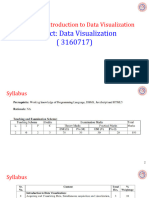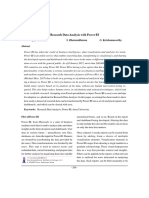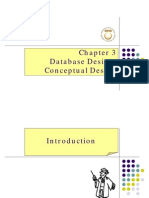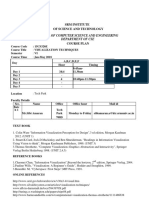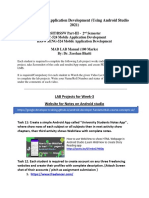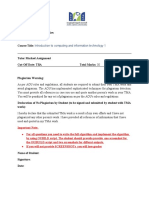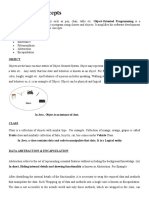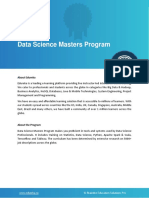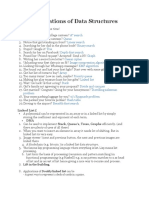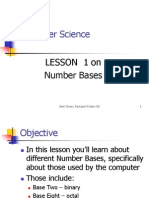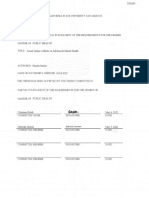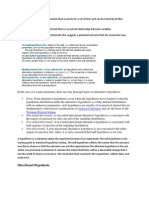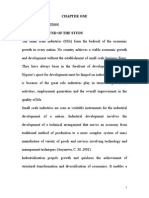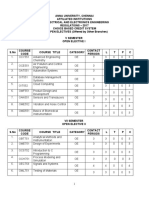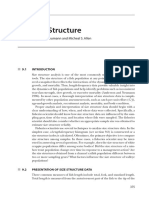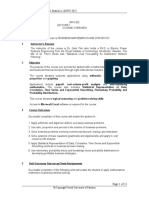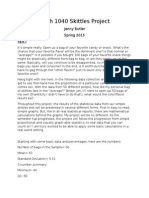0% found this document useful (0 votes)
714 views4 pagesData Science Questions and Answers
Advancws in data science
Uploaded by
riteshkumarsingh32.adgitmCopyright
© © All Rights Reserved
We take content rights seriously. If you suspect this is your content, claim it here.
Available Formats
Download as PDF, TXT or read online on Scribd
0% found this document useful (0 votes)
714 views4 pagesData Science Questions and Answers
Advancws in data science
Uploaded by
riteshkumarsingh32.adgitmCopyright
© © All Rights Reserved
We take content rights seriously. If you suspect this is your content, claim it here.
Available Formats
Download as PDF, TXT or read online on Scribd
/ 4



